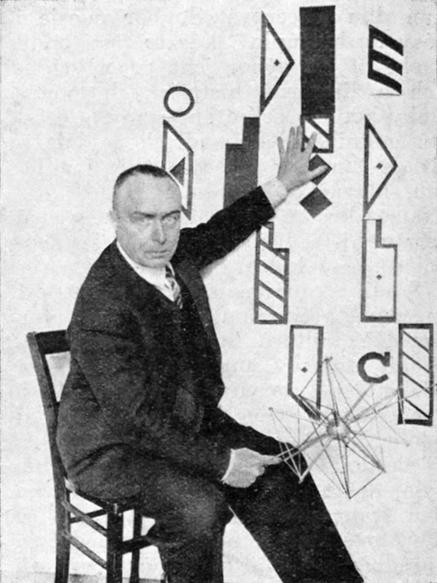This text has been translated and published by Paola Crespi in Body & Society, 2014, n° 20, pp. 75-78. It is also online on Academia.edu. We thank Paola Crespi for the permission to republish it here.
Abstract : This text translated here (first published in Die Tat in May 1921) is an early elaboration of Rudolf Laban’s polyrhythmic ontology. The phenomenon of rhythm here takes shape through the manifold ways in which it resonates in the text (Ur-rhythm, Eu-rhythm, Kako-rhythm). Besides positing a fundamental codependency between rhythm, movement and space, Laban sees rhythm here also as the gateway to a socio-ethical dimension culminating in the Festival, or art of celebration.
Keywords : 1920s, body, dance, polyrhythm, rhythmanalysis, ritual
‘Eurhythmy’ is a term that has been used for thousands of years, and it originally meant ‘a beautiful or harmonious flow of movement [Wohlfluss] perceivable through our senses’. The totality of all imaginable sequences of movement is rhythm in nature. But does anything exist that is not an outcome of movement ? The easily definable, clearly visible good order [Wohlordnung] of sequences of movement is beautifully rhythmic, eurhythmic.1 However, in the end does anything exist that is not well ordered, that is, perceivable as being composed of the basic elements ?
[...]

